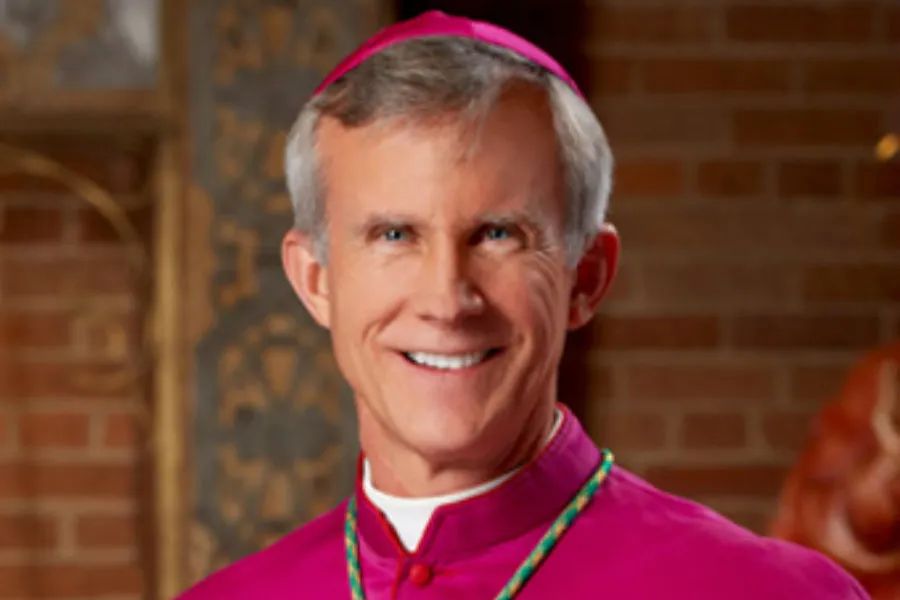
Washington D.C., Nov 5, 2019 / 04:00 pm (CNA).- A letter warning of a “climate emergency” signed by more than 11,000 scientists calls for a “gradual reduction” in the world’s population.
The “World Scientists’ Warning of a Climate Emergency” was published in the journal BioScience on Tuesday, and was signed by 11,258 scientists from 153 countries.
In the statement, the signatories listed both economic growth and a global population increase as “among the most important drivers of increases in CO2 emissions from fossil fuel combustion.” The report called for “bold and drastic transformations regarding economic and population policies.”
The statement was published on Tuesday, after the U.S. formally declared that it was withdrawing from the Paris Climate Accord, an international agreement set to go into effect in 2020 under which many UN member countries pledged to reduce their carbon emissions.
The Vatican has supported the Paris agreement, with Secretary of State Cardinal Pietro Parolin stating last year that “climate change is an issue increasingly more moral than technical.”
On Tuesday, the warning issued by the scientists noted a “rapid rise in greenhouse gas emissions” in recent decades along with other factors such as rises in air transport, economic GDP, and energy consumption and a decrease in the size of the Brazilian Amazon rainforest.
The global population is increasing by 80 million people per year, the statement claims, and is a key driver of climate change. “The world population must be stabilized—and, ideally, gradually reduced—within a framework that ensures social integrity,” the scientists said.
Tuesday’s statement calls for “proven and effective policies that strengthen human rights while lowering fertility rates and lessening the impacts of population growth on GHG emissions and biodiversity loss.”
While the global population has continued to increase, fertility rates in many Western countries have already declined to replacement level or below.
According to the U.S. Centers for Disease Control (CDC), the birth rate in the United States hit an all-time low in 2018 with the total fertility rate at 1.7—well below the replacement rate of 2.1. In South Korea in 2017, there were seven births per 1,000 people; Hungary saw its birth rate fall to 1.45 children per woman.
According to demographic prospects in the 2019 Revision of World Population Prospects, for the years 2015-2020, Western Europe was estimated at 1.68 live births per woman. Latin America and the Caribbean fell just under replacement level at 2.05 live births per woman. The African continent, by contrast, was estimated at 4.44 live births per woman.
Successful population control policies, the report noted, “make family-planning services available to all people, remove barriers to their access and achieve full gender equity, including primary and secondary education as a global norm for all, especially girls and young women.”
It cited another report by John Bongaarts and Brian C. O'Neill in Science Magazine that said efforts to slow population growth are being ignored as a legitimate solution to climate change.
Dr. Catherine Pakaluk, assistant professor of social research and economic thought at the Catholic University of America, told CNA in March that having children is a sign of optimism and that climate concerns should take a backseat to other factors.
"I think it takes a lot of courage to have a child, in any time," Pakaluk said. “Having children in general seems to require a lot of courage and optimism.”
Pakaluk, whose primary research area is in demographics and families, told CNA that having a child is an intimidating task, but one that is made easier with what she called “spiritual resources.”
Pakaluk also said rhetoric about overpopulation should be tempered by experience, and that while many believe vital resources are becoming more scarce, the opposite is often true.
"As the world population has grown, together with research, industry, and innovation, in fact, most of those scarce resources have actually become less scarce,” she said.
The professor noted that while the world’s population had typically ebbed and flowed before steadily rising over the last century, the “golden age” of sustained population growth is coming to an end.
Pope Francis’ 2015 encyclical on ecology, “Laudato Si,” paragraph 50 states that despite calls for population control as a solution to poverty, “demographic growth is fully compatible with an integral and shared development”.
“To blame population growth instead of extreme and selective consumerism on the part of some, is one way of refusing to face the issues,” the encyclical states of population growth as a false answer to climate change.
Developed countries may propose population control as a means by which to continue consuming resources at an unsustainable rate, while burdening developing countries with abortion, contraception, and sterilizations as well as effects of climate change, the encyclical said.
“It is an attempt to legitimize the present model of distribution, where a minority believes that it has the right to consume in a way which can never be universalized, since the planet could not even contain the waste products of such consumption,” the encyclical states.
Tuesday’s report was authored by William J. Ripple, professor of ecology at Oregon State University (OSU), and OSU associate research professor Christopher Wolf. It was signed by more than 11,000 scientists, ranging in disciplines and experience from biology professors to chemists, animal behaviorists, PhD candidates, research fellows, and heads of think tanks.
If you value the news and views Catholic World Report provides, please consider donating to support our efforts. Your contribution will help us continue to make CWR available to all readers worldwide for free, without a subscription. Thank you for your generosity!
Click here for more information on donating to CWR. Click here to sign up for our newsletter.





The entire globe is heeded towards a 1.7 fertility rate per some demographers. Only a very few regions are bucking that trend currently.
What we should be concerned about is an aging and collapsing population in the not too distant future.
Sorry, “headed ” towards, but heeded works too.
🙂